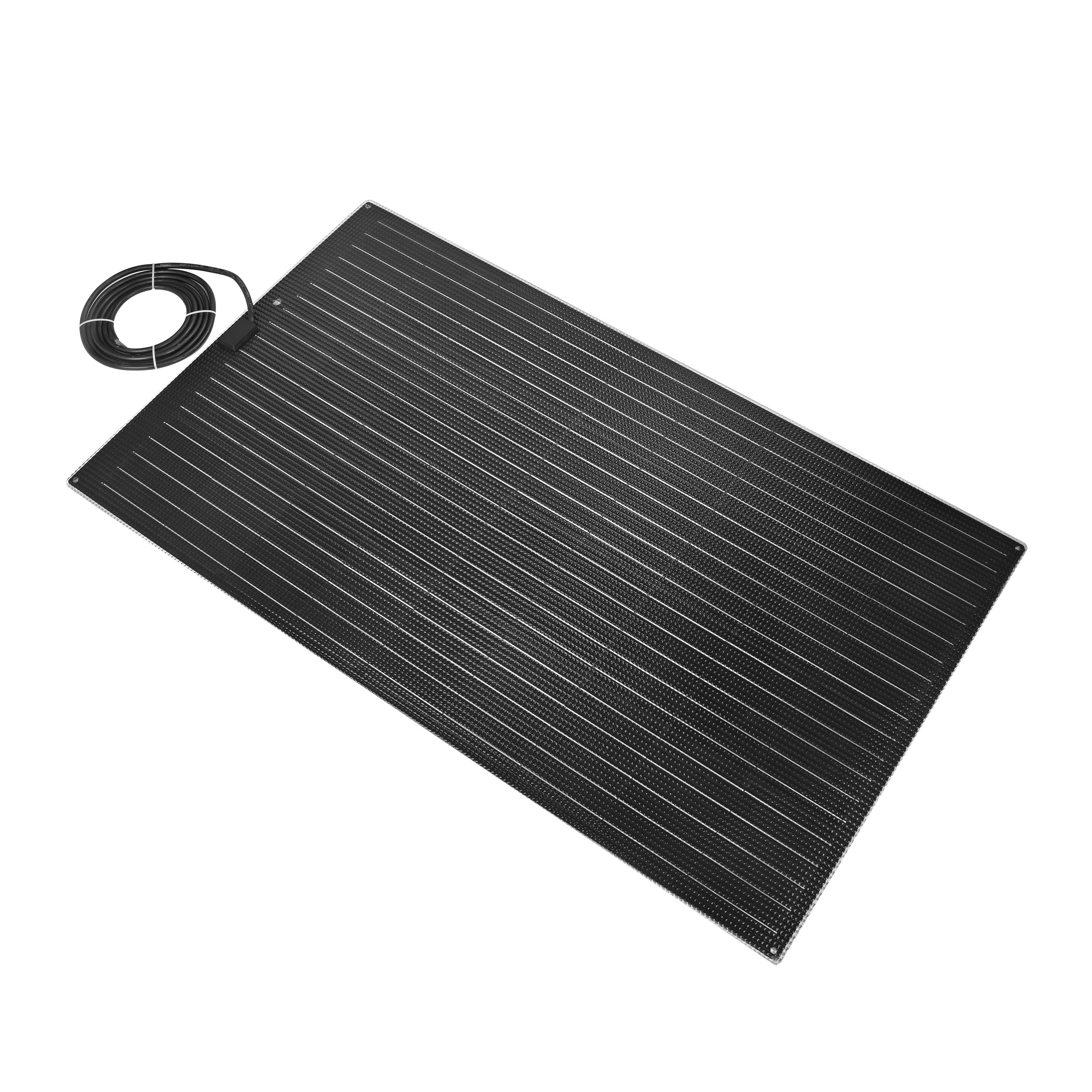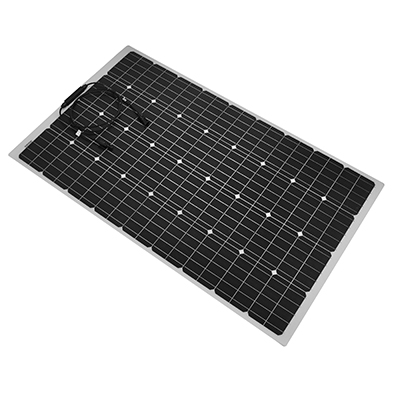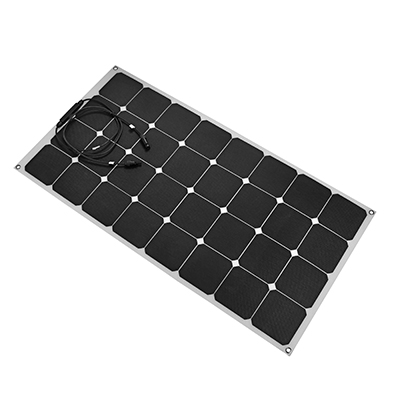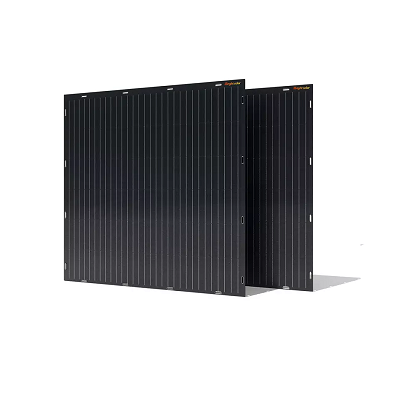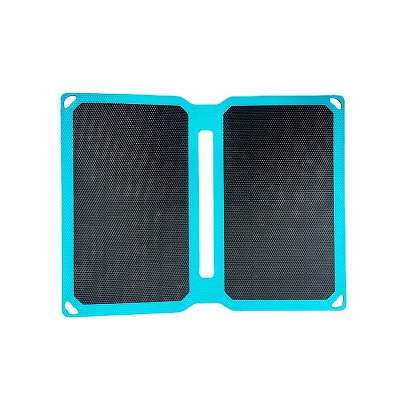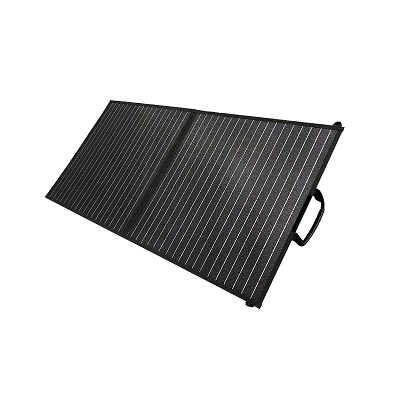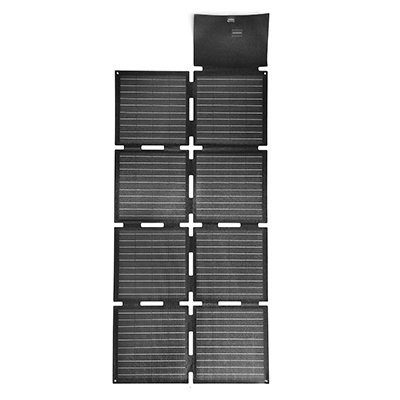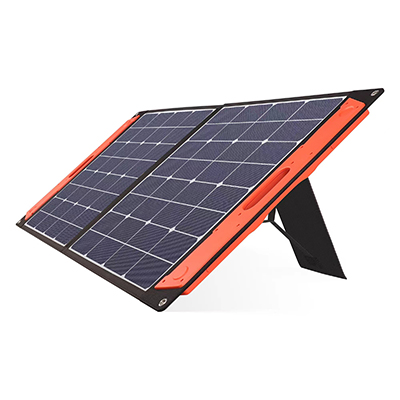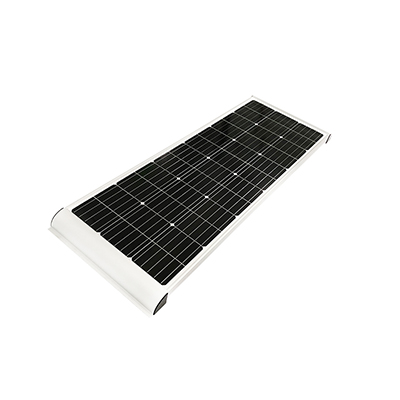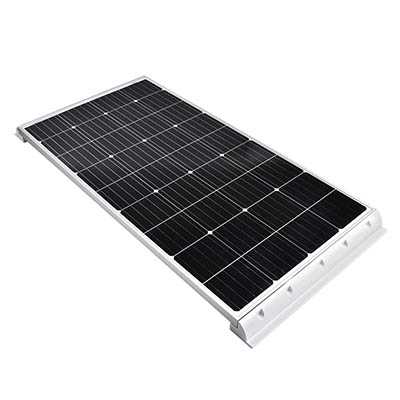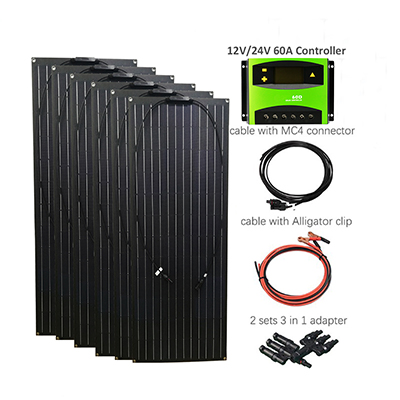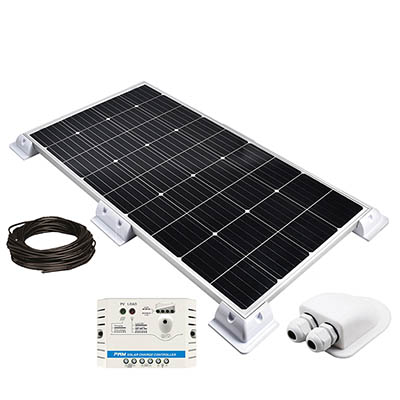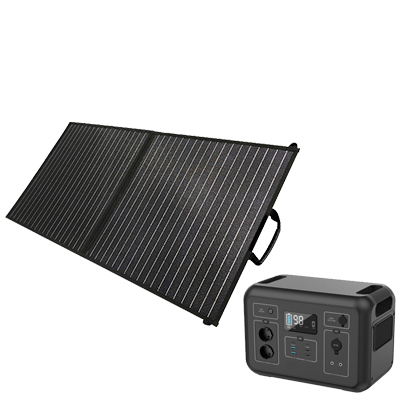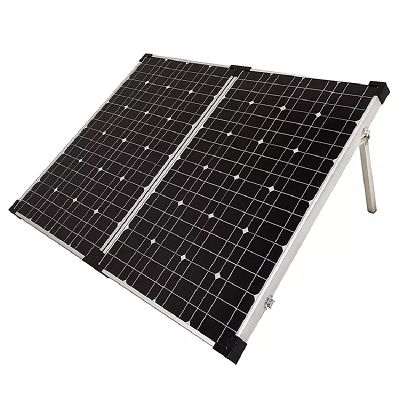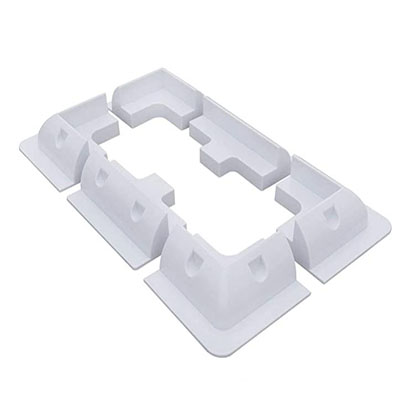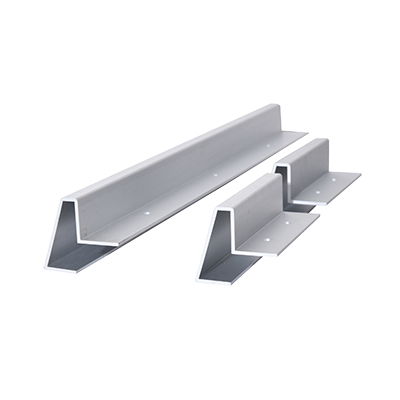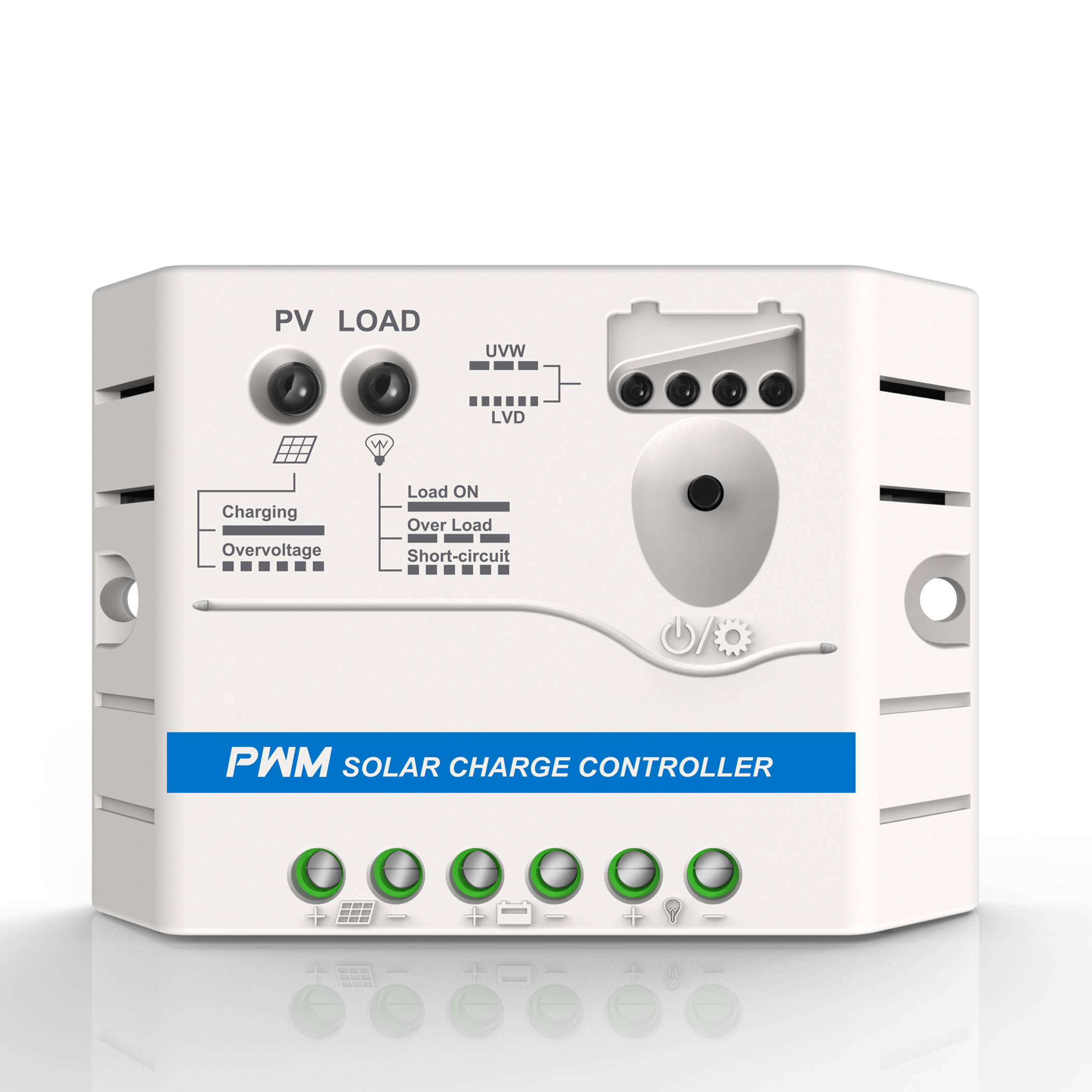P type TOPCon solar cell efficiency reaches 21.2%
Most tunneling oxide passivated contact (TOPCon) solar cells use n-type wafers because their passivation contacts have technical and physical advantages over p-type wafers. However, using p-type wafers makes it easier to integrate production of these cells into existing PERC cell production lines without having to make too many changes to the current production process.
With this in mind, researchers at the Fraunhofer Institute for Solar Energy Systems in Germany worked hard to improve the production process of p-type high-efficiency TOPCon cells. They have identified the best metallization slurries to help reduce contact resistivity and contact recombination values when formulating manufacturing process steps for these cells.
The scientists first tested 11 silver (Ag) or silver-aluminum (Ag/Al) metallization slurries. After identifying the most suitable slurry, they integrate it into the production process.
“In general, we observed that in order to achieve effective contact, we should mainly use dedicated TOPCon slurries, and some slurries specifically promoted for n-type doped TOPCon layers also work well for p-type doped TOPCon layers. ” the scholars explained.
The manufacturing process includes the formation of p-type rear contacts through low-pressure chemical vapor deposition (LPCVD) of in-situ boron-doped polysilicon layers. The process steps also include high-temperature annealing and application of silicon nitride (SiNx) layers on both sides of the cell via plasma-enhanced chemical vapor deposition (PECVD). They show that by implementing a hydrogenated SiNx sacrificial layer, the efficiency can be increased by 0.2% and thus the surface passivation quality of the passivated contact structure can be improved.
Researcher Sebastian Mack told Photovoltaics magazine: "Currently, the additional hydrogenation step does add additional cost because another PECVD tool has to be used to deposit the rear silicon nitride (SiNx) layer twice. We have not yet done everything we can to make this possible. The initial SiNx layer on the backside remains stable at high temperatures, so achieving this reduces cost while maintaining that layer."
For solar cells, the German research team used boron-doped Cz−Si wafers of size M2.
"We have shown that a polysilicon layer with a thickness of 240 nanometers has the best overall effect," they said, adding that they achieved a power conversion efficiency of 21.2% with this configuration.
Despite the impressive efficiency, Mack believes there is still plenty of room for improvement.
He said: "Currently, recombination is mainly done on the front side, and our front-side process is a bit lacking, and here we have not implemented a selective emitter, nor have we applied the optimal front-side passivation process that we developed after experiments. In addition, we A method has recently been developed to significantly reduce series resistance, which by itself can increase efficiency by at least 0.3%."
Mack said the polysilicon layer was provided by manufacturer Tempress. During their research, they were unable to adapt the polysilicon layer to the requirements of the process steps.
"Last but not least, the results are due at the end of 2019, but I didn't have time to write the paper until now," he concluded.
The researchers present their findings in a paper titled "Advances in p-type tunneling oxide passivated contact solar cells using screen-printed contacts," recently published in Solar RRL.


